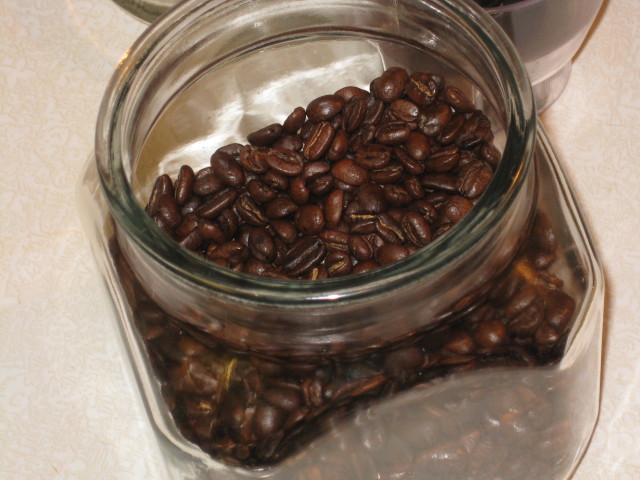
How many have you heard the expressions “I need coffee” or “coffee break”? Coffee Is the driving force for many people to leave their bed and start their day. The past few centuries and especially the last few decades, coffee became one of the most important components of the everyday breakfast. Coffee shops are everywhere and many of the are among the gourmet stores, making coffee one of the most popular beverages on earth. A simple looking beverage, but with science much more complicated than ever imagined.
The coffee tree probably originated in the province of Kaffa, in the area known today as Ethiopia. There is no real evidence to show exactly when, or how, it was first discovered that a rich and stimulating brew could be made from the bean (or seed) within the fruit of the coffee bush, but it is thought that before coffee was ever appreciated as a beverage, native people may have chewed the ripe cherries and beans as food. According to another legend an Arabian goatherd named Kaldi found his goats dancing joyously around a dark green leafed shrub with bright red cherries in the southern tip of the Arabian Peninsula. Kaldi soon determined that it was the bright red cherries on the shrub that were causing the peculiar euphoria and after trying the cherries himself, he learned of their powerful effect. The stimulating effect was then exploited by monks at a local monastery to stay awake during extended hours of prayer and distributed to other monasteries around the world. Coffee was born. There is evidence to suggest that coffee trees were cultivated in the monastery gardens 1,000 years ago, but commercial cultivation were not recorded until the fifteenth century at Yemen. The first coffee houses were opened in Mecca, where coffee drinking was initially encouraged, and quickly spread throughout the Arab world. The coffee houses, which developed into luxuriously decorated places where music, dancing, chess and gossip could be enjoyed and business conducted, were subsequently suppressed when they became centers of political activity, although they were soon re-established.
There is no single best way to make coffee; each of us prefers one method over the rest. Coffee is an everyday part of our lives and it must fit our lifestyles and our pockets. Making coffee is both a ritual and a practical part of life. Unlike tea or cocoa, coffee lends itself readily to many different ways of making the infusion. All these methods share the basic principle which is to use hot water, to extract from the ground beans the natural essential oils, the caffeol, that give coffee its wonderful aroma and flavor. The resulting brew, or liquor, is a coffee infusion.
Although the coffee bean spread from Arabia to the rest of the world, the Arab method of making coffee did not. There is a fundamental difference between the Arab and other methods: the Arabs boil their coffee, traditionally, three times. Boiling coffee boils away the most delicate flavors, but it is a romantic way to make strong-tasting coffee. Arab coffee is made in an ibriq, a small copper pot with a long handle. Two teaspoons of finely-ground coffee plus one of sugar are added to a cup of water and the mixture is brought to a boil. The ibriq is taken off the heat as it comes to the boil, usually three times, and then it is poured out and drunk. Cardamom seed can also be added for flavor.
The drip, or filter, method is possibly the most widely used method today. Finely-ground coffee is placed in a paper or reusable cone-shaped unit and nearly boiling water poured on top. For best results, a small quantity of water should be poured on, first to wet the grounds and speed up the release of caffeol. The resulting brew filters through the unit into a pot or mug and is ready to drink. The coffee grounds remain in the cone. There are electric versions which automate this process, including heating the water, and in general make a better or more consistent cup of coffee than the manual version. The filter method is used especially in Germany, France and the USA.
Today, espresso and cappuccino, which were invented in Italy, are the fastest growing methods of making coffee. All the other methods involve a ‘natural’ form of infusion, and for a small cost you can have a system that will make acceptable coffee. This is not the case with espresso. Espresso machines force the hot water through very finely and compacted coffee and then into the cups below. Good espresso is expensive to make because in order to extract the greatest amount of flavor from the coffee, a high level of pressure is required and thus a high specification machine. Yet when making espresso, it is important not to over-extract the coffee, which means the machine should be switched off sooner, rather than later. While the coffee is still coming out as a golden brown liquid, it is perfect. This liquid is the ‘crema’, which lies on top of the black coffee underneath. The crema will dissipate a few minutes after the coffee is made, but in those few minutes it will tell everything about the quality of the espresso. Too light, or too thick or too thin: all mean that the espresso is sub standard. Espresso is the foundation of cappuccino; it is the coffee upon which a luxuriant structure of frothed and foamed milk is ladled and poured.
In a single coffee bean there are more than 250 different volatile molecular species. When the coffee beans are roasted this number exceeds the 800. The process taking place in the roasting has been extensively studied since is the most critical step for the final product. The process is known as Maillard’s reaction. According to this reaction at high heat, from 185℃ to 240℃, sugars combine with amino acids, peptides and proteins. The final products are brownish, bittersweet glycosylamine and melanoidins which give rise to coffee’s dominant taste-along with carbon dioxide (up to 12 liters per kilogram of roasted coffee). The same time another reaction that involves a wide variety of lower-mass aromatic molecules merges. Those volatile compounds give coffee its familiar fragrance. The process of roasting is a very violent and rapid process. The water trapped in each single coffee bean is turn into steam while the temperature exceeds the 100℃. The mean time many ingredients are burned to carbon dioxide. So before the temperature reach the 200℃ the internal pressure is reaching up to 25 atmospheres as the steam and carbon dioxide is struggling to escape, but they are sealed in by the thick, low-porosity cell and coating with oil walls. The end will find the coffee beans with volume increases by half or more and their mass decreases by a fifth. The mass reduction reflects the burning of a portion of those volatile molecules responsible for the taste and aroma of coffee. So extensive roasting results poor aroma and very bitter coffee. The length can vary from 90 seconds to 40 minutes. High heat can complete burn the coffee to charcoal and low heat will not reveal the full length of aromatic ingredients. The optimum is considered to be around 12 minutes at temperature to around 200℃. Variations of those conditions can give several different flavors.


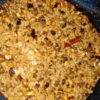
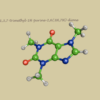

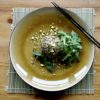
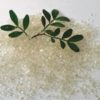
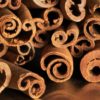
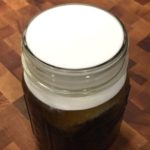
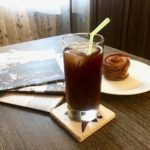
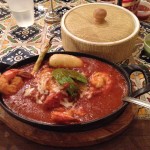
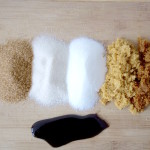
Leave a Reply